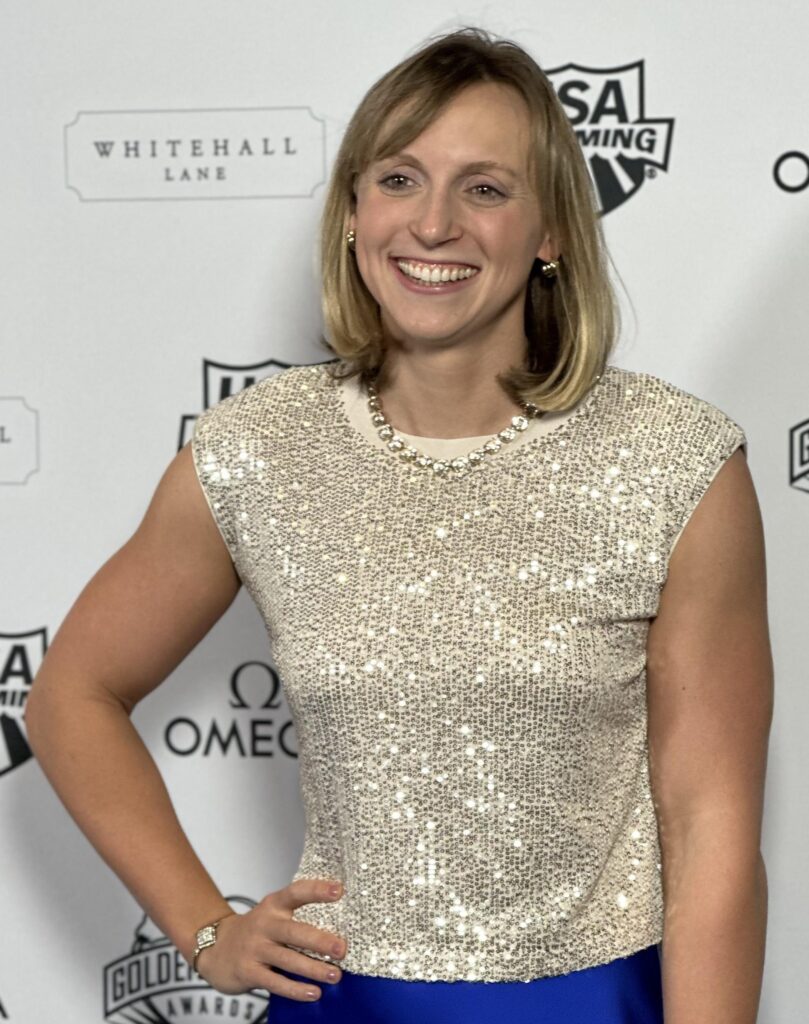Katie Ledecky has once again cemented her status as one of swimming’s all-time greats, securing her 13th major title in the 800-meter freestyle. This remarkable achievement not only extends her dominance in the event but also solidifies a legacy defined by unparalleled consistency and unmatched endurance. From world championships to Olympic Games, Ledecky’s relentless pursuit of excellence continues to rewrite the record books, setting a new standard in competitive swimming.
Katie Ledecky’s Dominance in the 800 Freestyle: A Deep Dive into Her Record-Breaking Feats
Katie Ledecky’s supremacy in the 800 freestyle has rewritten the standards of endurance swimming, positioning her as a once-in-a-generation athlete. Her ability to consistently outperform competitors by significant margins showcases not just physical endurance but tactical brilliance in pacing and stroke efficiency. From her first international breakthrough to multiple world championship victories, Ledecky’s technique-characterized by a smooth, powerful stroke and impeccable turns-sets her apart. Each title she claims is a testament to relentless training, mental fortitude, and an innate competitive edge that few have matched.
Key highlights of Ledecky’s 800 freestyle career include:
- Unprecedented streak of 13 major international titles in the event
- Multiple world records shattered by wide margins
- Dominance across Olympic Games, World Championships, and Pan Pacific Championships
- Consistent improvement in split times, showcasing strategic pacing
| Year | Event | Winning Time | Record Status |
|---|---|---|---|
| 2016 | Rio Olympics | 8:04.79 | World Record |
| 2017 | World Championships | 8:12.28 | Meet Record |
| 2019 | World Championships | 8:13.58 | Gold Medal |
| 2023 | Pan Pacific Championships | 8:10.23 | Championship Record |
Technical Mastery and Training Regimen Behind Ledecky’s Unmatched Endurance
Katie Ledecky’s endurance is not merely a product of natural talent but the result of exacting technical skills honed through a rigorous training framework. Her stroke efficiency-characterized by a high elbow catch, powerful kick, and seamless breathing technique-maximizes propulsion while minimizing drag. Every aspect of her freestyle stroke is meticulously analyzed using video technology, allowing coaches to fine-tune her form down to the millisecond. This attention to detail transforms laps in the pool into precision exercises, enabling Ledecky to conserve energy across grueling distances without sacrificing speed.
- Daily Mileage: Often swims over 10,000 meters, balancing endurance and sprint work.
- Cross-Training: Incorporates strength conditioning, Pilates, and yoga for injury prevention.
- Mental Conditioning: Engages in visualization and mindfulness sessions to maintain focus during long races.
Her training regimen is structured in progressive cycles, targeting peak performance at major championships. This periodization includes phases of base endurance, speed refinement, and tapering, each tailored to sharpen her stamina and race-day explosiveness. The integration of data analytics and physiological monitoring-such as lactate threshold testing and heart rate variability-ensures that workload is optimized and overtraining is avoided. Below is a snapshot of a typical weekly training schedule that exemplifies the blend of intensity and recovery fundamental to Ledecky’s dominance.
| Day | Session Focus | Estimated Distance | Key Emphasis |
|---|---|---|---|
| Monday | Endurance Sets | 12,000m | Steady pace with controlled breathing |
| Wednesday | Speed Intervals | 8,000m | High-intensity sprints & recovery |
| Friday | Technique Drills | 7,000m | Stroke refinement and turn work |
| Sunday | Active Recovery | 5,000m | Low intensity and mobility |
Future Prospects and Strategic Recommendations for Aspiring Long-Distance Swimmers
As the landscape of competitive long-distance swimming evolves, aspiring athletes can draw critical lessons from the meticulous approach exemplified by Katie Ledecky’s career. Emphasizing consistent training regimes, swimmers should integrate periodized workload cycles that balance endurance and speed work to optimize performance peaks during major meets. Moreover, the adoption of advanced biomechanical analysis tools can provide invaluable insights into stroke efficiency-a factor that distinguishes champions from contenders in grueling events like the 800 freestyle. Mental resilience training, reinforced through visualization and goal-setting techniques, remains indispensable in mastering the psychological rigors intrinsic to sustained distance events.
To strategically navigate a swimming career positioned for longevity and success, consider the following key focus areas:
- Holistic Nutrition Plans: Tailored diets that support high-volume training and effective recovery.
- Cross-Disciplinary Conditioning: Integration of dryland strength, flexibility, and injury prevention exercises.
- Data-Driven Performance Tracking: Utilizing wearable tech and analytics to monitor progress and adjust tactics.
- International Competition Exposure: Early experience against diverse global fields to build adaptability.
| Strategic Element | Benefit | Implementation Tip |
|---|---|---|
| Periodized Training | Optimized peak performance | Plan in 4-6 week macrocycles |
| Biomechanical Analysis | Increased stroke efficiency | Use underwater video feedback |
| Mental Conditioning | Enhanced focus and resilience | Incorporate mindfulness routines |
| International Exposure | Competitive adaptability | Participate in multi-nation meets annually |
Final Thoughts
Katie Ledecky’s unparalleled dominance in the 800-meter freestyle has firmly established her as one of the greatest distance swimmers in history. With 13 major titles to her name, she has not only rewritten record books but also set a new standard of excellence in the sport. As she continues to push the boundaries of human endurance and skill, Ledecky’s legacy serves as an enduring testament to dedication and athletic prowess-one that will inspire generations of swimmers to come.





